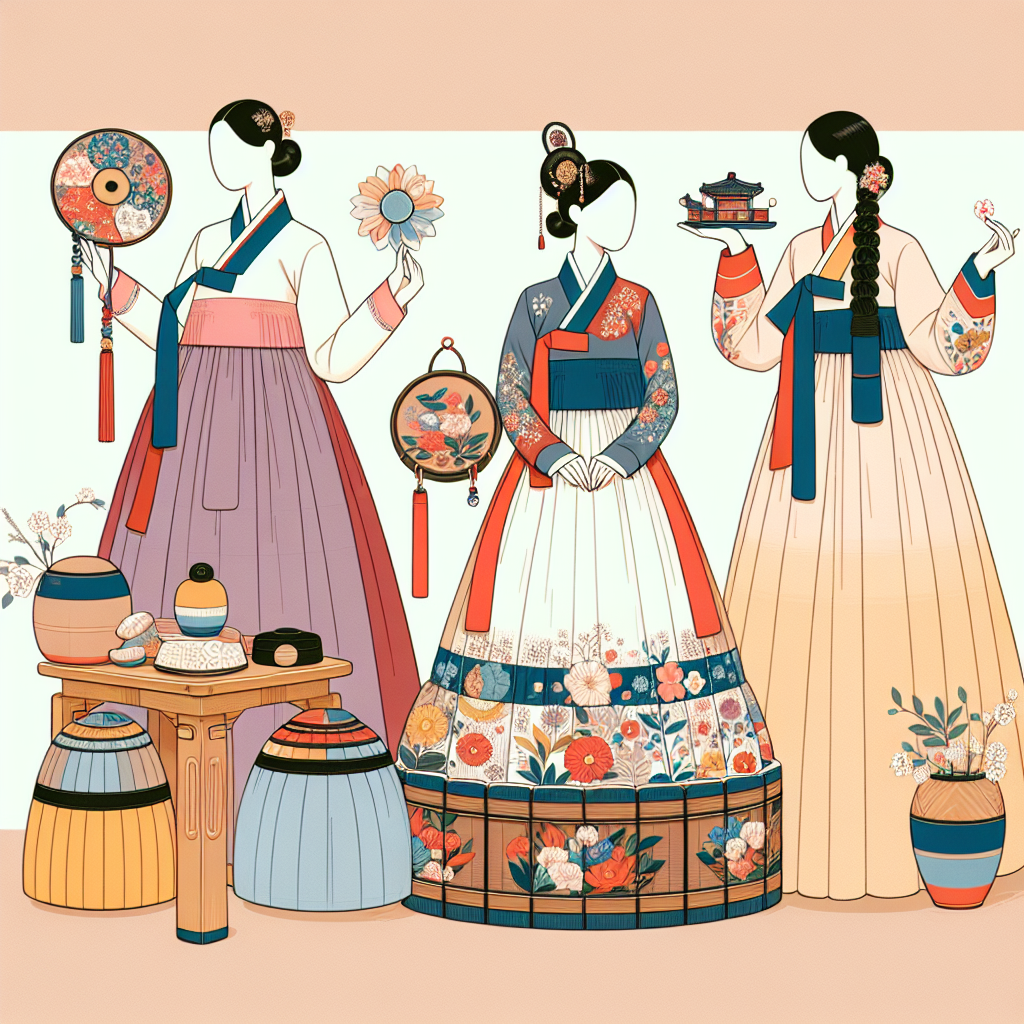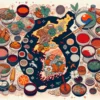Mengubah Hanbok tradisional menjadi pakaian sehari-hari yang modern dengan sentuhan kontemporer.
Memodernisasi Hanbok untuk Pemakaian Sehari-hari
-
Table of Contents
- Introduction
- The Significance of Hanbok
- Preserving Tradition
- Reviving the Fashion Industry
- The Challenges of Modernizing Hanbok
- Comfort and Practicality
- Affordability
- Changing Perceptions
- The Impact on Korean Culture and Fashion
- Cultural Preservation
- Fashion Innovation
- International Recognition
- Summary
Introduction

The hanbok is a traditional Korean clothing that has been worn for centuries. It is known for its vibrant colors, graceful lines, and intricate embroidery. In recent years, there has been a movement to modernize the hanbok for everyday wear, making it more accessible and practical for contemporary lifestyles. This article will explore the concept of memodernisasi hanbok untuk pemakaian sehari-hari (modernizing hanbok for everyday wear) in Indonesia, discussing the reasons behind this trend, the challenges faced, and the potential impact on Korean culture and fashion.
The Significance of Hanbok
Hanbok holds a special place in Korean culture and history. It is not just a piece of clothing but a symbol of national identity and pride. Traditionally, hanbok was worn on special occasions such as weddings, festivals, and ancestral rites. Its design and colors were influenced by Confucianism and the social hierarchy of the Joseon Dynasty. However, as society modernized, hanbok gradually became less common in everyday life.
Preserving Tradition
One of the main reasons for the movement to memodernisasi hanbok untuk pemakaian sehari-hari is the desire to preserve and promote Korean tradition. By making hanbok more accessible and suitable for daily wear, it allows people to connect with their cultural heritage on a regular basis. It also serves as a way to educate younger generations about the significance and beauty of hanbok.
Reviving the Fashion Industry
Another motivation behind the modernization of hanbok is to revitalize the Korean fashion industry. By creating contemporary designs that incorporate elements of hanbok, designers can attract a wider audience both domestically and internationally. This not only boosts the economy but also promotes Korean fashion as a unique and innovative industry.
The Challenges of Modernizing Hanbok
While the idea of memodernisasi hanbok untuk pemakaian sehari-hari is exciting, it comes with its own set of challenges. Adapting a traditional garment to fit modern lifestyles requires careful consideration of various factors.
Comfort and Practicality
One of the main challenges is ensuring that modernized hanbok is comfortable and practical for everyday wear. Traditional hanbok can be quite restrictive and cumbersome, with multiple layers and intricate details. Designers need to find a balance between preserving the essence of hanbok and making it suitable for contemporary activities such as work, commuting, and socializing.
Affordability
Another obstacle is making modernized hanbok affordable for the general population. Traditional hanbok can be expensive due to the craftsmanship and materials involved. To encourage widespread adoption, designers need to find ways to reduce costs without compromising on quality. This may involve using alternative fabrics, simplifying designs, or exploring mass production techniques.
Changing Perceptions
Modernizing hanbok also requires changing societal perceptions and attitudes towards traditional clothing. In many cultures, traditional garments are often associated with formal occasions or historical contexts. Convincing people to embrace hanbok as a part of their everyday wardrobe requires challenging these preconceived notions and showcasing the versatility and beauty of modernized designs.
The Impact on Korean Culture and Fashion
The movement to memodernisasi hanbok untuk pemakaian sehari-hari has the potential to significantly impact Korean culture and fashion.
Cultural Preservation
By making hanbok more accessible and relevant to contemporary lifestyles, it helps preserve and promote Korean cultural heritage. It allows younger generations to connect with their roots and appreciate the traditions passed down through generations. This cultural preservation is crucial in an increasingly globalized world where traditional practices are at risk of being forgotten.
Fashion Innovation
The modernization of hanbok also contributes to the innovation and evolution of Korean fashion. By blending traditional elements with modern aesthetics, designers are pushing the boundaries of creativity and creating unique fashion statements. This fusion of tradition and modernity not only attracts attention but also positions Korean fashion as a trendsetter in the global fashion industry.
International Recognition
As modernized hanbok gains popularity, it has the potential to become a symbol of Korean identity on the international stage. Just as the kimono represents Japanese culture, the modernized hanbok could become an iconic representation of Korean fashion and heritage. This recognition can lead to increased tourism, cultural exchange, and economic opportunities for Korea.
Summary
The movement to memodernisasi hanbok untuk pemakaian sehari-hari in Indonesia is an exciting development that aims to make traditional Korean clothing more accessible and practical for everyday wear. By preserving tradition, reviving the fashion industry, and overcoming challenges such as comfort, affordability, and changing perceptions, modernized hanbok has the potential to impact Korean culture and fashion significantly. It serves as a way to preserve cultural heritage, promote fashion innovation, and gain international recognition. As the modernization of hanbok continues to evolve, it will be fascinating to see how it shapes the future of Korean fashion and identity.







